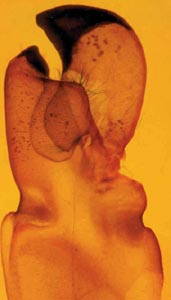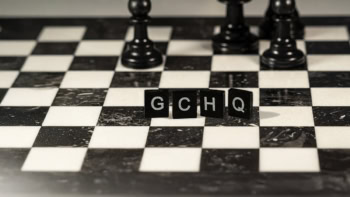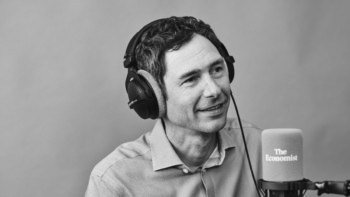Stories about snapping shrimps and radar guns have won the “physics for taxi-drivers” competition, which is designed to show non-scientists how physics is relevant to their lives.
With the International Year of Physics now well under way, physicists around the world are using Einstein’s great achievements of 1905 as a “hook” to raise the profile of the subject. But as the theoretical physicist Michael Berry pointed out in Physics World December 2004, p15, physicists need a stock of good stories if they are to get people excited about physics. Berry, who is a Royal Society research professor at Bristol University, came to this conclusion after giving a stumbling explanation to a taxi-driver who once asked him what he did for a living.
Physics World therefore called on its readers to submit articles of no more than 500 words that show how physics has a direct effect on other people’s lives. Berry gave his own examples, in which he showed how quantum physics led to CD players and our ability to hear music anywhere in the world, and how Einstein’s work on relativity is related to the GPS devices found in vehicles. “Every physicist”, he wrote, “knows dozens more.” Here we present the two winning entries.
Huub Eggen: the snapping shrimp

In the blistering heat of August 2003 I moved to a brand new house in Utrecht. The garden was a complete wasteland and my wife and I had to call in some gardeners to lay a new lawn. I got chatting to the man and woman, who happened to mention that they were about to go on holiday to the Red Sea. It was a favourite destination of theirs and they planned to dive in the beautiful sub-tropical waters off the coast of Egypt. Although their eyes had glazed over when I first mentioned that I work in physics, I saw their holiday destination as a chance to mention a sea creature called the snapping shrimp. It turned out that the couple were familiar with this animal, having heard for themselves the very loud bangs that it produces. The shrimp has two claws – one very large and one small – and for many years people thought that the snapping sound was produced when the shrimp snaps the claws together. My gardeners had also read about this explanation.
However, in 2000 a research group at the University of Twente, led by the physicist Detlef Lohse, found out that the snapping is actually produced by the collapse of air bubbles in the water (Physics World October 2000 p3). Lohse is a world expert on sonoluminescence – the process by which collapsing cavitation bubbles can turn sound into tiny bursts of light. He was put on the trail of the snapping shrimp by a biologist who had attended one of his lectures and had once seen air bubbles near a snapping shrimp’s claws.
Lohse’s group managed to get hold of some shrimps and made them snap in the researchers’ Twente laboratory, filming the movements and simultaneously recording the sounds. Using high-speed cameras, they observed that the swift snapping produces a small high-speed water jet that causes a cavitation bubble to form. This bubble collapses almost immediately under hydrostatic pressure, producing a bang.
Twente was a logical place to make this discovery, as physicists there have many years’ experience of working on cavitation bubbles and high-speed filming. For example, they have recently collaborated with researchers at the Erasmus Medical Centre in Rotterdam to develop a camera that can take images at a rate of 25 million frames per second. This camera can be used to study the behaviour of “contrast fluids”, which contain lots of tiny gas bubbles that can be imaged using ultrasound. These fluids are often used in medicine to monitor the transport of blood through the muscles of the heart.
I then told the gardeners how the camera could also be used to picture what really happens to the drops of fluid in ink-jet printers, which have the annoying habit of getting blocked for no clear reason. A knowledge of gas bubbles in fluids could even help us to learn more about damage to the hulls of ships. When I had finished my tales, the woman sighed. “If only they had told us stories like these at school,” she said, “I would definitely have been interested in physics.”



